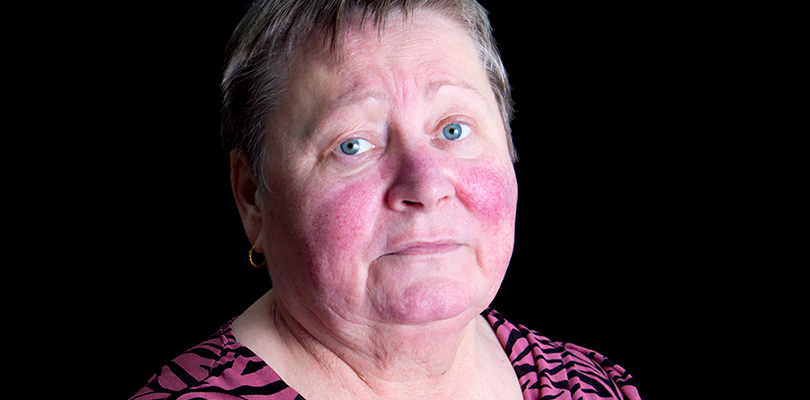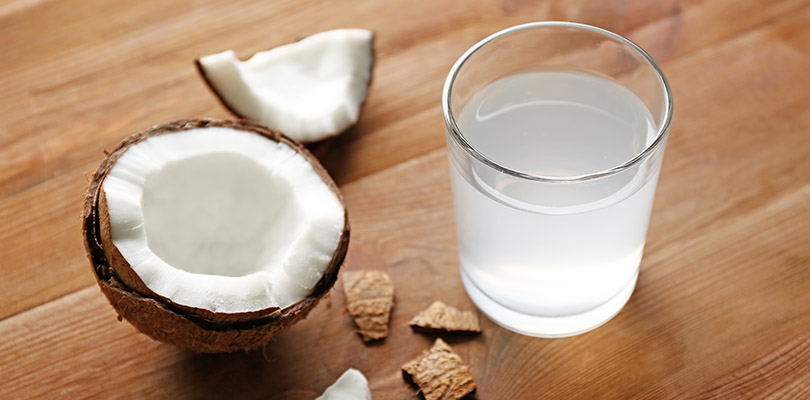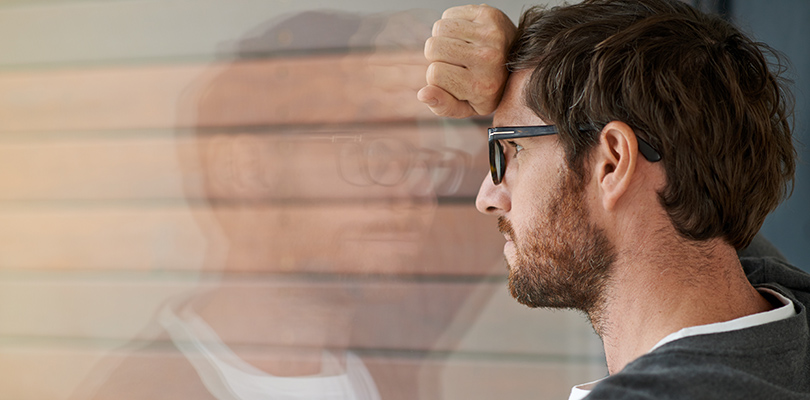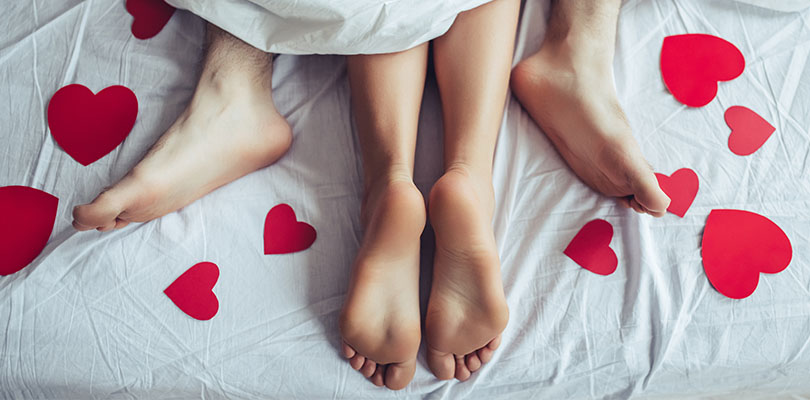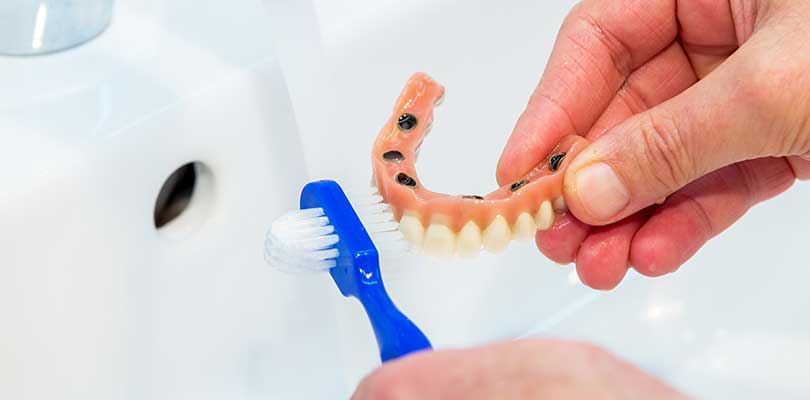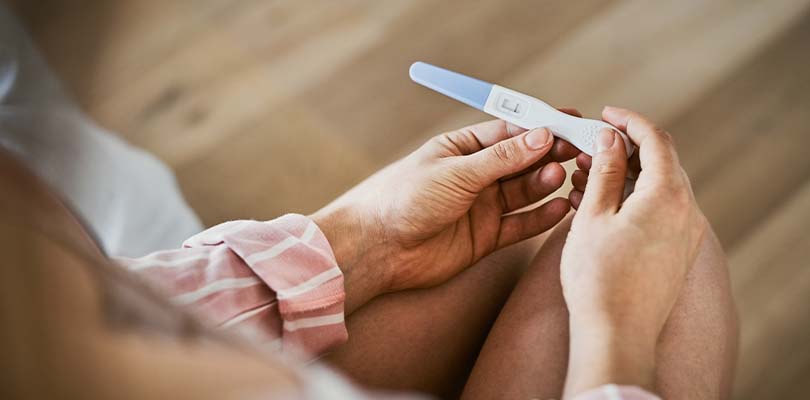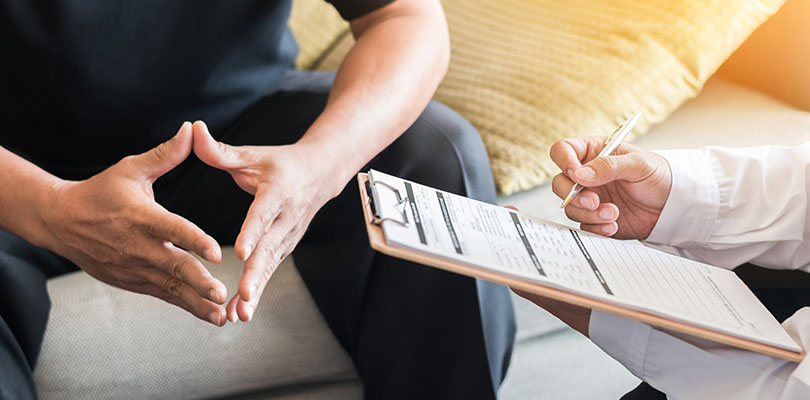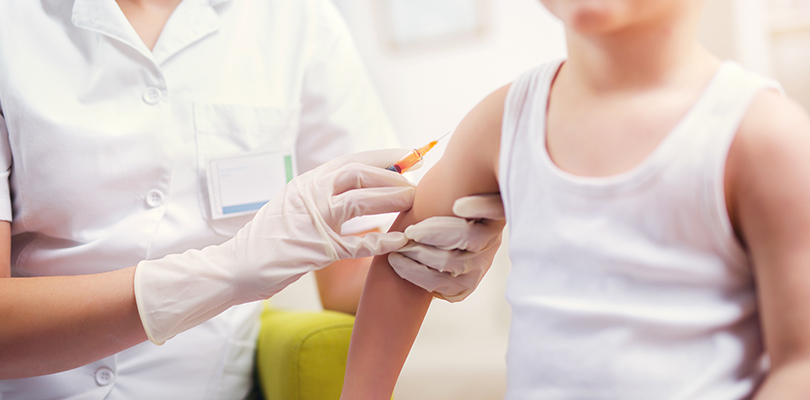Rosacea: It's Not Just Acne!
Rosacea is a skin condition that causes rash-like redness to form on the face, neck and sometimes other parts of the body.
If left untreated for a period, the redness may become darker, occur more often and develop small bumps that look similar to acne.
While rosacea can be disruptive to your life by causing irritation and embarrassment, it isn’t life-threatening. Rosacea is not just acne; it is an actual skin disorder that has slightly different symptoms and treatment plans.
Is it Rosacea or Acne?
Admittedly, rosacea may take on the appearance of regular acne, especially if bumps have already started to form. Here are the specific traits of rosacea:
- Centralized redness — Usually impacts the center of the face.
- Red bumps — The bumps may feel hot or tender and filled with puss.
- Eye irritation — May be the culprit behind dry, irritated eyes. Sometimes this characteristic occurs before redness.
- Bulbous nose — If left untreated, the tissue may thicken in the impacted area of the face and cause enlargement of the nose. Note that this characteristic is more likely to occur in men.
- Redness on other parts of the body — While the face is the area typically impacted, watch for redness that occurs on the chest, scalp or ears.
- Blood vessels — Another telltale sign is visible blood vessels that appear on the surface of the skin.
- Swelling — May occur near tender areas of the skin that are most impacted by the disorder.
- Plaques — Raised red patches of skin often coincide with rosacea and may appear isolated in various parts of the body.
While this condition takes on many of the same characteristics of traditional acne, it is not the same.
It’s important to have a skin evaluation to determine the proper diagnosis so that you receive the best treatment plan.
Classification of Rosacea
As more research is conducted, medical professionals have been able to group the skin disorder based on various similar characteristics. This classification assists in both diagnosis and treatment options.
- Erythematotelangiectatic rosacea — The lowest-level classification and includes redness and slight swelling.
- Papulopustular rosacea — The next phase includes acne-like bumps.
- Phymatous rosacea — A more developed form of the disorder that may include skin-thickening and swollen nose.
- Ocular rosacea — This level impacts the eyes which cause drying, redness, and even sometimes cornea damage.
What is it about coconut water that people think it's a healthy drink alternative? Is it all hype or does coconut water actually have health benefits?
Risk Factors
While anybody can experience this condition, there are key factors that elevate the risk. Factors include:
- Being a woman
- Over the age of 30
- Fair skin
- Blush easily
- Family history
- Smoker
Causes
It’s unclear what exactly causes rosacea. What is known is that environmental and genetic factors may play a role.
However, be aware that it is unlike acne in the way that poor hygiene doesn’t play a significant part in its development.
Treatment Options
It’s important to recognize that even with treatment, symptoms often reoccur. However, the condition may be managed via the following:
- A prescribed skin care routine — Skincare regimes include options that will reduce the redness and swelling and keep the skin free of oils that could aggravate the condition.
- Medication — Topical gels may be used to constrict the blood vessels and reduce the redness. Oral antibiotics fight bacteria and help reduce inflammation.
- Laser therapy — Often used to reduce severe redness caused by enlarged blood vessels.
- Natural facials — Some patients have indicated that in very mild cases, rosacea may be able to be managed with natural skincare options. However, no evidence supports this claim.
- Avoid alcohol and smoking — Studies indicate that alcohol use and smoking can make a person at higher risk and also increase blood flow to the impacted area.
- Dietary changes — Spicy foods can agitate the skin. Avoiding these foods may reduce the occurrence or appearance of redness.
Typically, any treatment option works to curb the appearance of redness, reduce any swelling, and constrict blood vessels. The best solution for treatment will depend greatly on the severity and the evaluation of a medical professional.
Prognosis
There is currently no cure for rosacea. It is not an infectious disease so you can’t spread the condition to other individuals that you come into contact with.
However, proper diagnosis and treatment play a critical role in managing (and sometimes even reversing) some of the most severe symptoms of the disorder.
Because the condition can worsen if left untreated, it is critical to have your skin examined by a doctor if you are concerned that you may have this condition.
Next Steps
If you experience signs and symptoms, it is important to make an appointment with your doctor or dermatologist.
Depending on the severity of your case, you may be able to manage the condition with slight changes in lifestyle rather than undergo more invasive treatments. As with most medical conditions, early diagnosis is critical.
